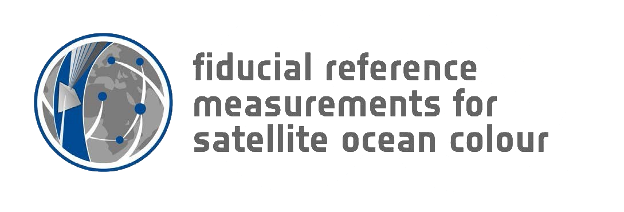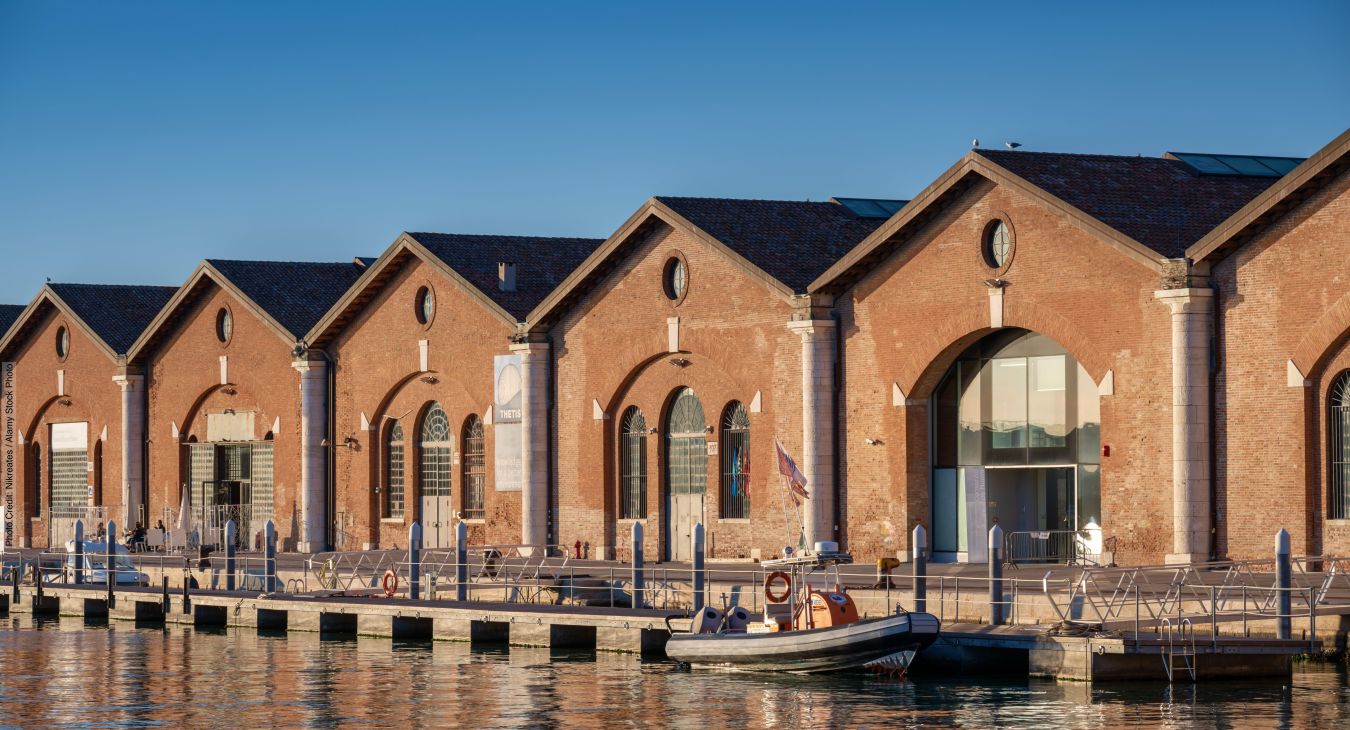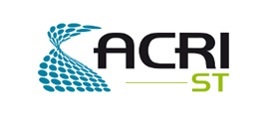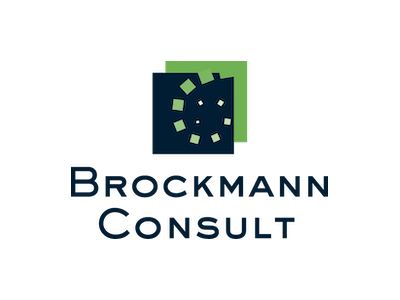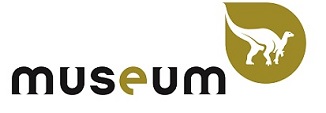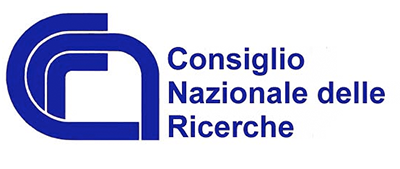Copernicus FRM4SOC-2024 training on In situ Ocean Colour Above-Water Radiometry towards Satellite Validation will be held from 6 to 17 May in Venice and nearby Acqua Alta Oceanographic Tower (AAOT) in the Adriatic Sea.
PhD students, postdocs, early career researchers, experts and friends of the Ocean Colour Community will gather for a comprehensive training event on Ocean Colour In situ Above-Water Radiometric Measurements in the frame of the FRM4SOC-2 project, supported by the European Commission Copernicus Programme. The training will take place on 6 – 17 May 2024 in the enchanting city of Venice and at the nearby Acqua Alta Oceanographic Tower.
Overview
The training offers a unique chance to discuss and learn with top experts in Ocean Colour (OC) radiometry the complexity of the physical processes during field measurements, evaluate the impact of several uncertainty sources, and study measurement protocols and procedures. Discover the challenges in collecting high-quality measurement data at sea beyond statistical assessments of measurement results. Over time, the response of field optical radiometers to light may change significantly. Also, field radiometers are calibrated in laboratory-controlled conditions, which are very different from the conditions at sea. If not properly understood and assessed, these concerns can jeopardise the validity of measurement results. The training will provide standard tools to process raw outputs from radiometers to measurement results with metrologically sound uncertainty estimates for performing satellite matchups.
Event Context
The FRM4SOC-2 project – Fiducial Reference Measurements for Satellite Ocean Colour Phase 2, funded by the European Commission as a part of the Copernicus programme and implemented by EUMETSAT was launched in April 2021 with the aim of developing an operational and sustained network of radiometric in situ measurements and achieving a fiducial reference measurement (FRM) standard as defined by the Committee on Earth Observation Satellites. The goal is to ensure in situ measurements of the highest quality for satellite product validation and algorithm development. The project activities strive to support the OC community by developing practical guidelines for calibration, characterisation, and use of radiometric instruments, in-field measurement procedures, evaluation of measurement uncertainties and conducting comparison measurements. As a summit of this project, this training is offered to broadcast the acquired knowledge across the OC community to maximise FRM-quality OC validation for Copernicus and other OC missions.
Programme
Block 1: Introductory classroom lectures in ISMAR (Instituto di Scienze Marine) premises in Venice focusing on:
- Generalities of Ocean Colour Radiometry and the FRM Concept
- Relevance of calibration and characterisation of OC radiometers
- Context of the FRM4SOC-2 project and pre-existing efforts (e.g. SIRREX, SIMRIC)
- In situ measurement procedures
- Health and safety during field measurements. Specificities of Acqua Alta Oceanographic Tower: characteristics of the site and routine measurements
- First outdoor demonstration on how to operate OC radiometers above water
- Guidelines for the estimation of uncertainties
- Introduction of HyperCP: HyperInSPACE – Community Processor to calculate remote sensing reflectance and associated uncertainties from TriOS and SeaBird raw measurements.
- Training on OCDB: Copernicus’ Ocean Colour Data Base
- Training on FidRadDB: a database of radiometric calibrations and characterisations obtained during FRM4SOC-2.
- Training on acquiring ocean colour satellite data from Copernicus Sentinel-3 via the EUMETSAT Data Store
- Training on ThoMaS – a toolkit to perform matchups with Copernicus’ S3/OLCI
Block 2: Hands-on fieldwork training at Acqua Alta Oceanographic Tower (45.3142467 N; 12.5082483 E). R/V Litus will take participants from ISMAR to AAOT, where the following activities will be covered:
- Assessment and recording of measurement conditions in the tower for the campaign date.
- Deployment and measurements with TriOS RAMSES OC radiometer systems above water, following procedures as detailed in block 1.
- Debrief on continuous measurements done in the tower with other radiometric systems.
Block 3: After fieldwork: preliminary results, lessons learned and closure at ISMAR (Venice). This final block will include:
- Analysis of the field experience and challenges faced.
- Processing the data obtained at AAOT with HyperCP. Interpretation of results.
- Processing outputs of HyperCP with ThoMaS to perform matchups with S3/OLCI.
- Submitting HyperCP outputs to OCDB and SeaBASS.
- Analytical methods to compare in situ measurements (between TriOS sets and continuous measurements done at AAOT).
Dates: 6 – 17 May 2024
Location: Arsenale Castello, 2737/F, 30122 Venezia VE, Italia
Hosted By: Istituto delle Scienze Marine (ISMAR)
Contact: FICE2024_training@ut.ee
The Executive Committee of the Copernicus FRM4SOC-2024 training
- Dr. Vittorio Brando - Institute of Marine Science (ISMAR, CNR), Italy
- Dr. Riho Vendt - Tartu Observatory, University of Tartu, Estonia
- Dr. Juan Ignacio Gossn - EUMETSAT - European Agency for the Exploitation of Meteorological Satellites
- Dr. Ewa Kwiatkowska - EUMETSAT - European Agency for the Exploitation of Meteorological Satellites

